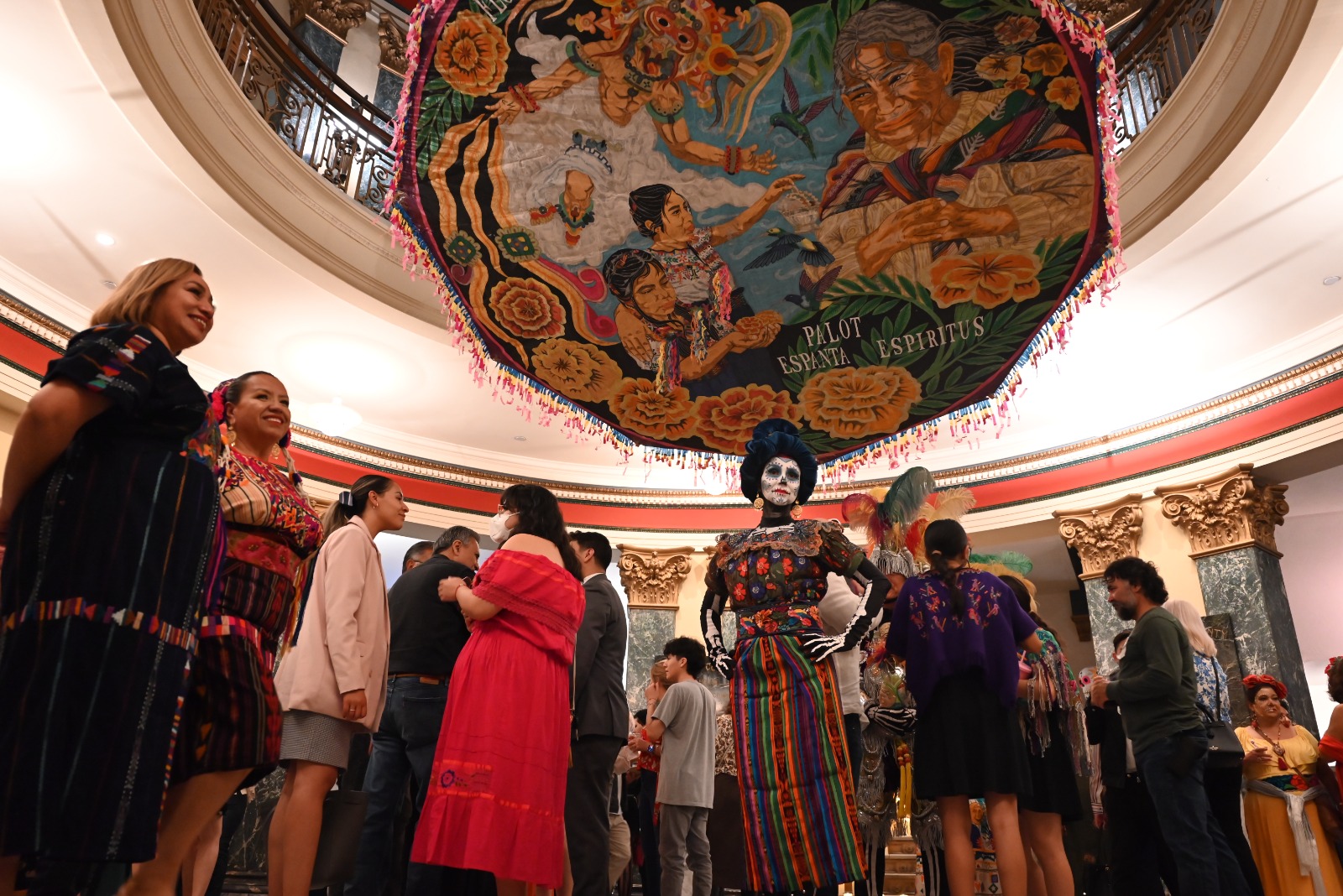
Led by women, the project Casa Circulo Cultural (CCC) began in Verónica Escámez's garage, a meeting point for Mexican migrants residing in a small town in the San Francisco Bay area, United States.
Verónica is a tenacious, strong woman, full of life. She always comes and goes accompanied by three, four or even ten people. She was director of a daycare center in a marginal area of Mexico City that served the children of garbage collectors. He transformed that small daycare center into a project that integrated a community kitchen, theater and artistic activities, where performing art was the axis. Today she works as an administrator for a Silicon Valley businesswoman, however, she invests all her financial resources and extra time in CCC. Is his passion.
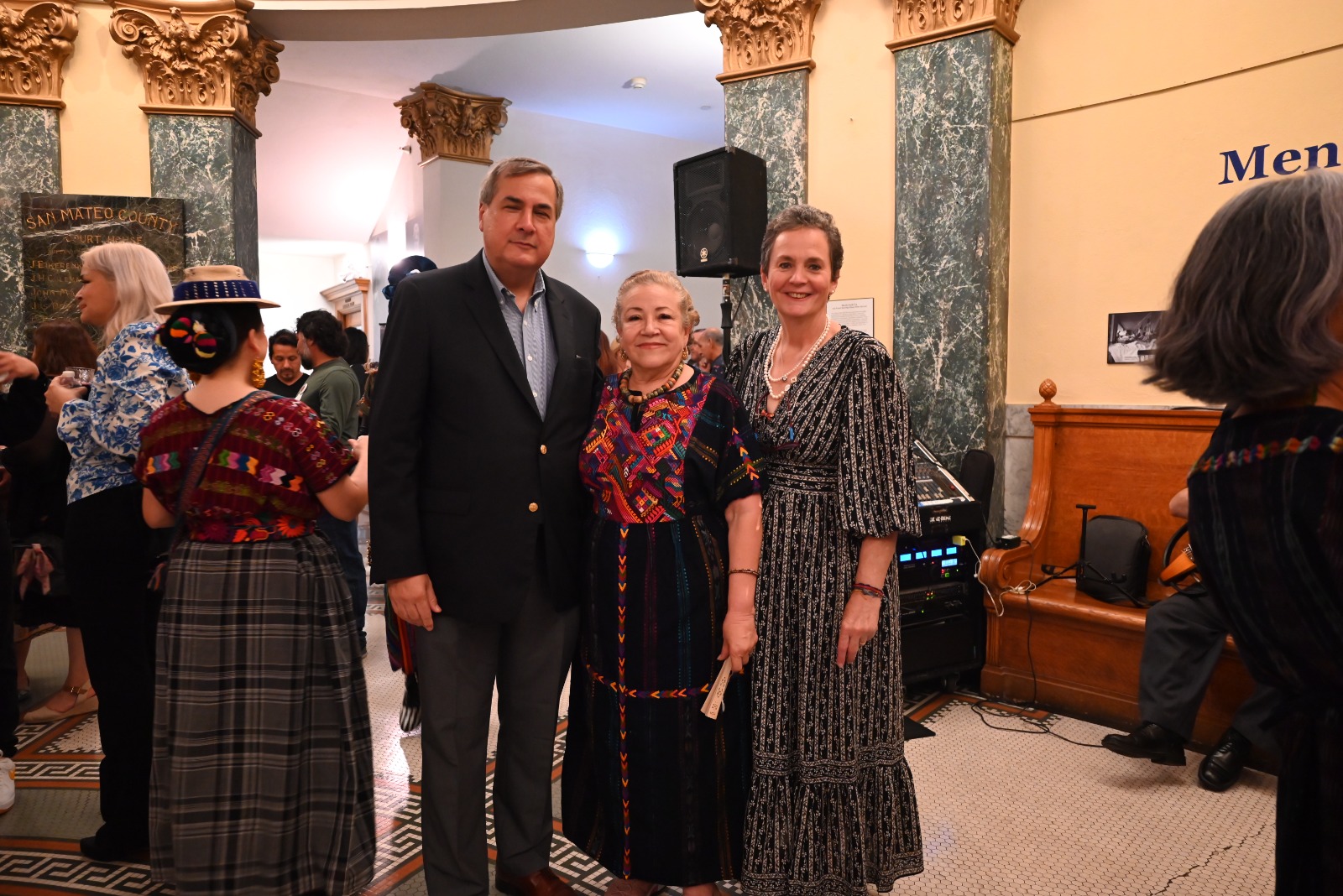
CCC's history began with theater. It opened its doors to the public on May 17, 2009. From that garage they began their artistic activities such as painting workshops, radio and poetry reading in cafes in the city center. Later, Verónica found a location, which evolved and grew over time.
Since its inception, CCC's impact on the community and daily lives of Latin American migrants in the Bay Area has been widely recognized. For 14 years, CCC has been a platform to combat the enormous inequalities of San Mateo County's most disadvantaged population. Most families who come to CCC work two or three jobs to support their household and need help caring for their children. Some of the households are single-parent immigrants who left their support networks in their country of origin and have to face the difficulties of life alone. Migrants seek to join groups that give them identity and roots. CCC gives them back a strong sense of belonging. It becomes a supportive community and brings them closer to their country, it is like a second home. But also from an equity perspective, it is a place where women lead and men contribute to the activities.
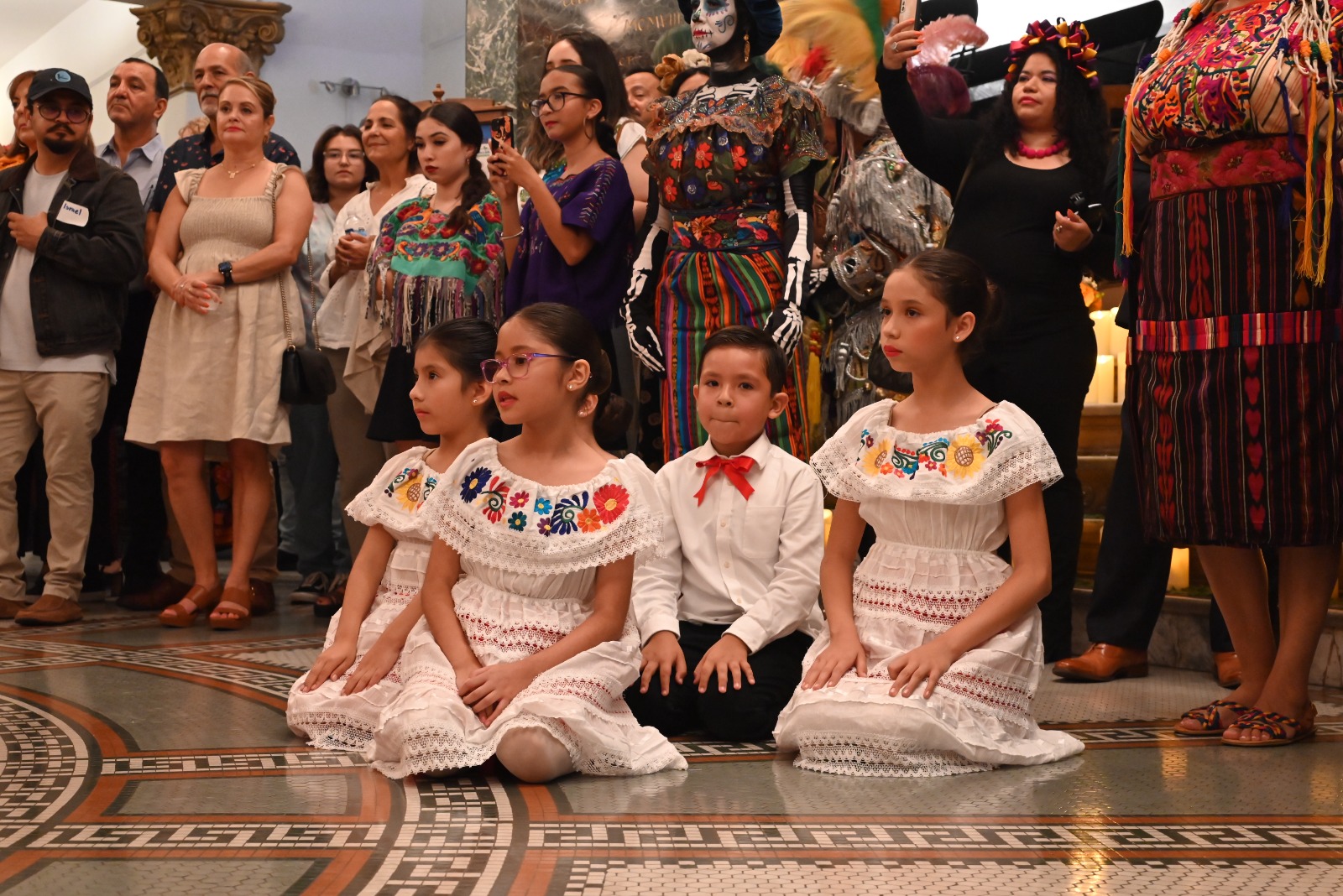
The CCC commune extends to the homes of those who live there. Orozco, for example, takes his children to all the classes Círculo can offer: dance, theater, tae-kwon-do, piano, chess and painting. Cook for CCC, donate your work. Some students who have participated in CCC since they were little, after graduating from High School return to support as teachers or volunteers, like Orozco's son.
That project that began in a garage is today a fundamental pillar of Mexicans in the Bay Area that responds to the social needs of the local community.
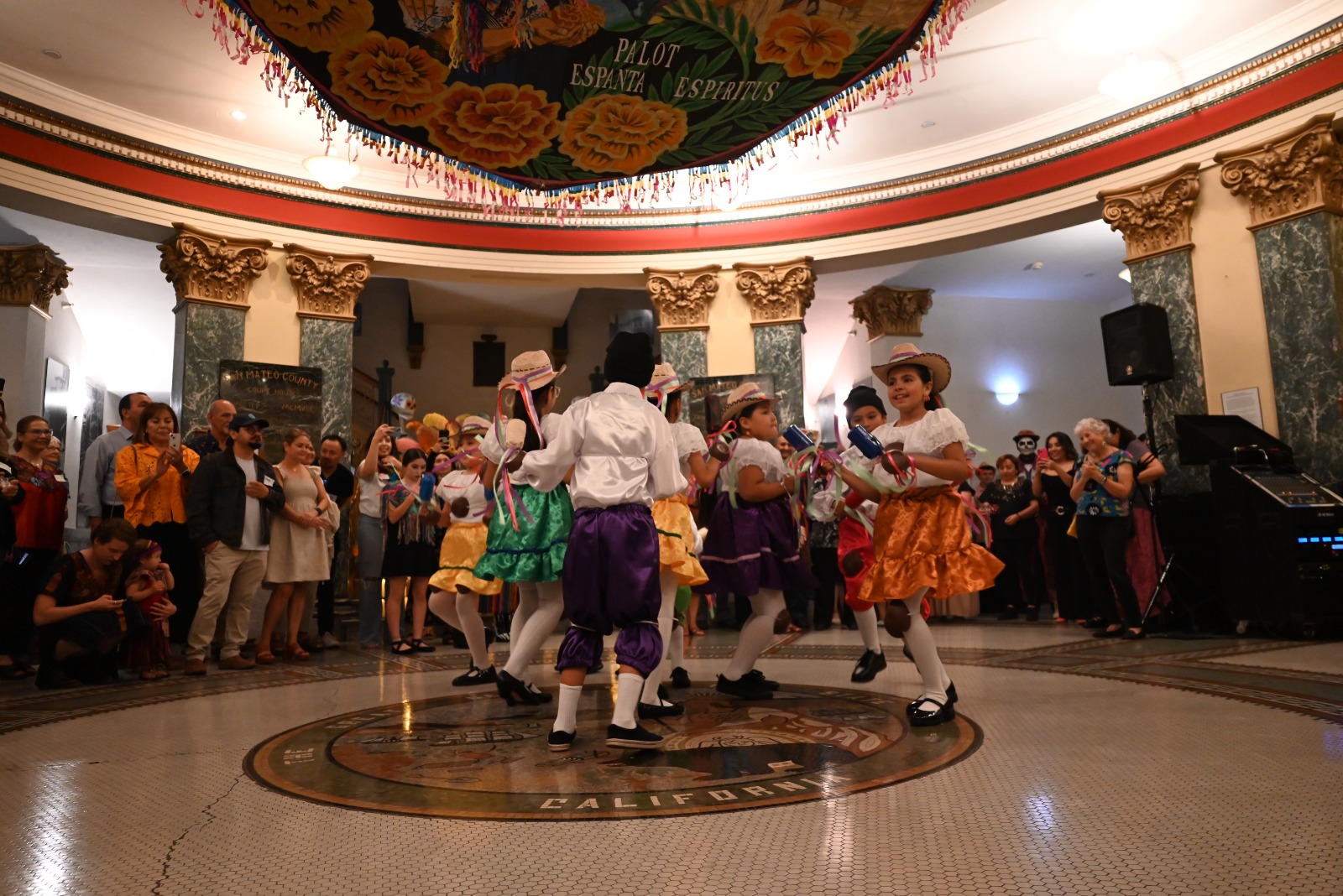
The voice and artistic sensitivity of migrant women is universalized in similar settlement experiences in which art and traditions become fundamental protagonists of identity reconstruction. The art that is generated every day at CCC in its multiple expressions transcends political and temporal boundaries.
It is more than a learning exercise between boys and girls. It provides a space of opportunity and empowerment for women where they feel free to access workshops that empower them.
CCC has organized the Day of the Dead celebration for 13 years; It currently receives more than 10 thousand people every year. It has become a space for community collaboration where every small task is part of something immense.
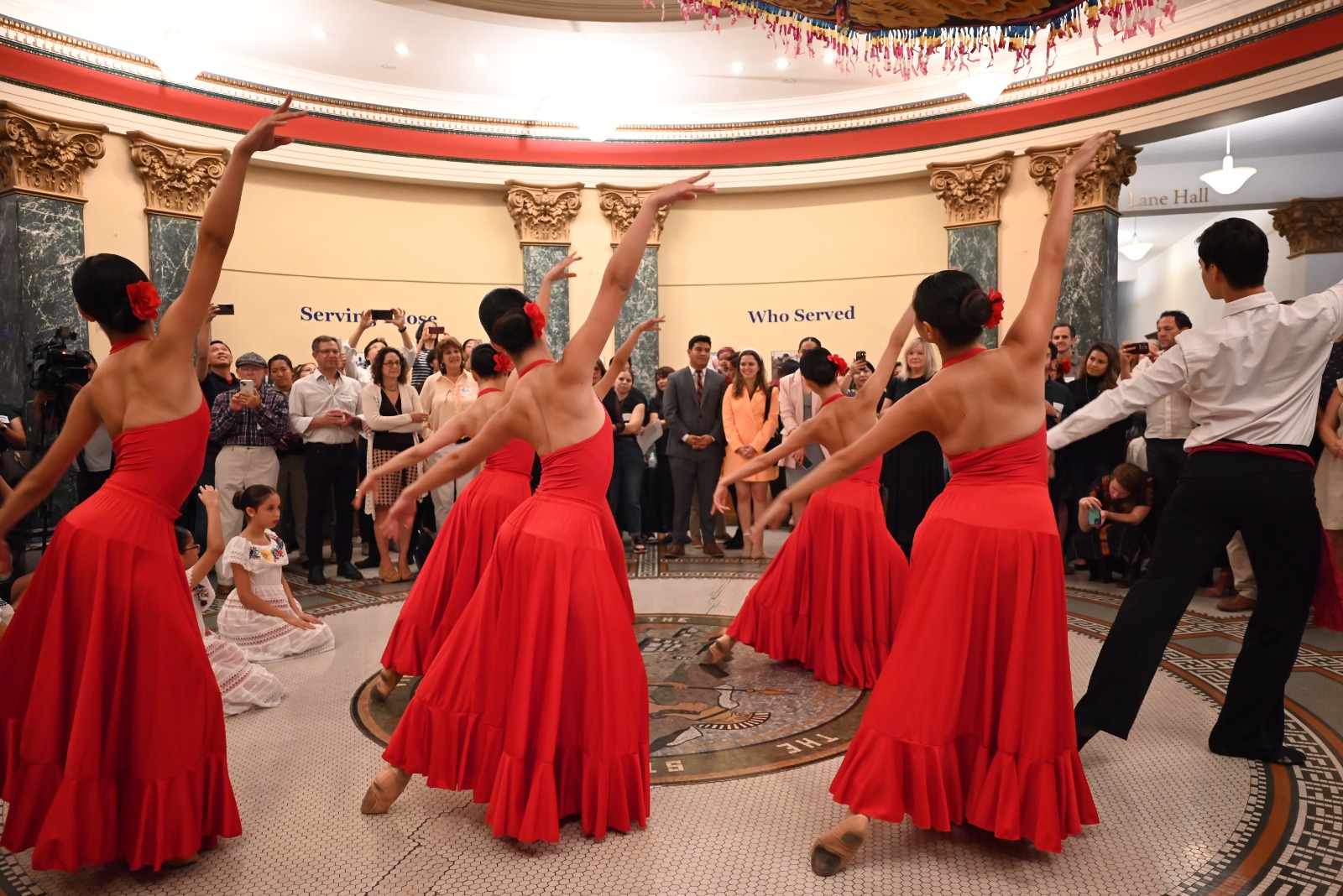
This year, CCC celebrates under the motto of Mayan culture, a culture rich in tradition, history and symbolism. On Day of the Dead 2023, CCC invites you to delve into the essence of the Mayans, one of humanity's most notable and enduring civilizations that left a legacy that continues to inspire, educate and captivate us. The Mayan culture is vital to our world today. Southern Mexico and Guatemala come together in a fusion of Mayan spirituality, Catholicism, and evangelical Christianity, resulting in a unique blend of beliefs, traditions, languages, colors, and flavors that continue to thrive to this day.
One of the central elements of this year's celebration is the marimba. This instrument is part of Guatemalan culture and is important in celebrations and social gatherings. The instrument's roots date back to indigenous Mayan traditions, and it has evolved incorporating elements from Spanish and African musical traditions. Music is believed to guide the souls of the deceased. It is a tool to tell stories, transmit stories and myths. Efforts have been made to preserve and revitalize marimba traditions, emphasizing the importance of cultural diversity and heritage.
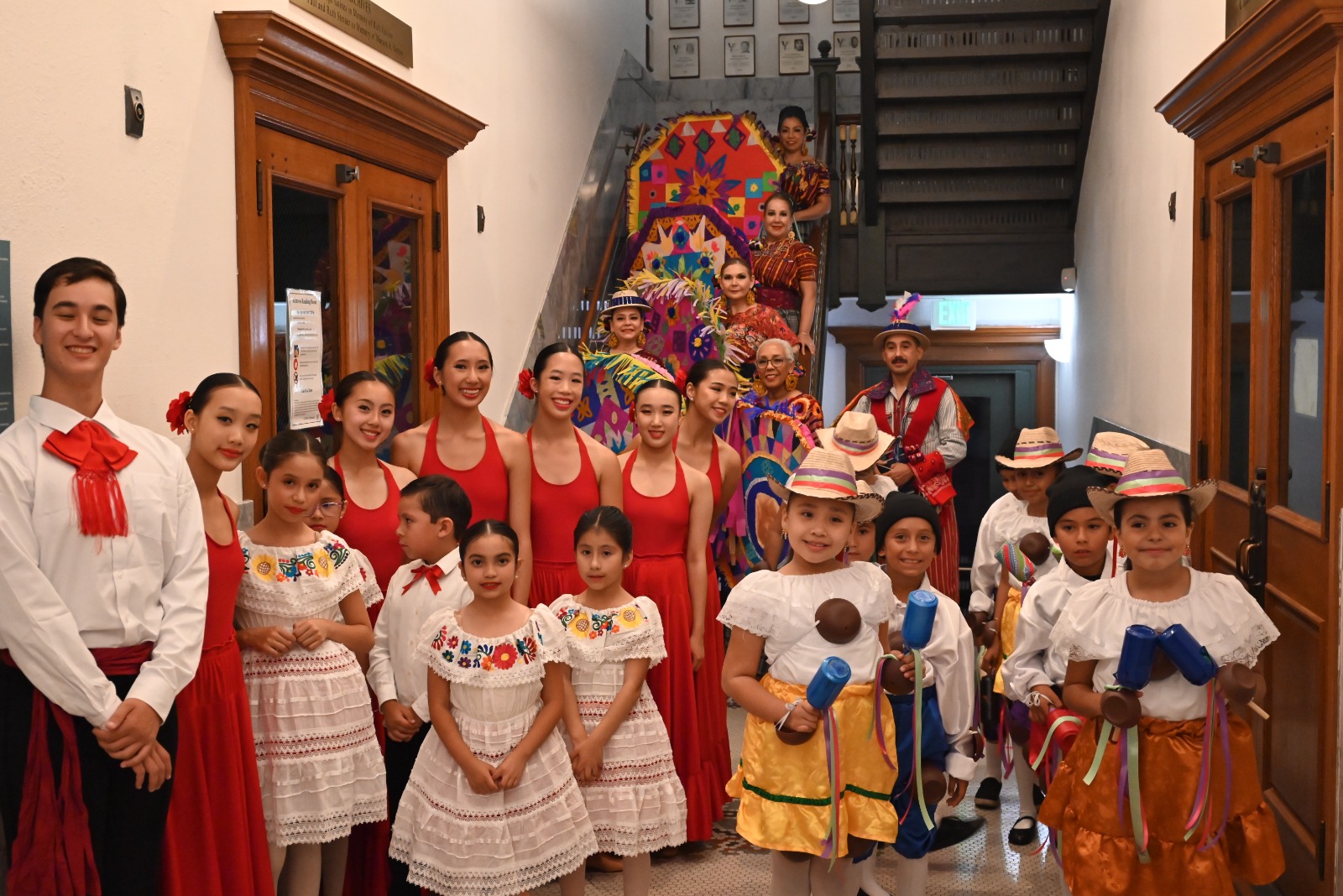
Likewise, another of the most important elements in the celebration of the Day of the Dead in Guatemala are the Giant Kites, for example, the one on display suspended from the ceiling of the San Mateo History Museum, created by Florentino Zula in Sumpango, Guatemala. This delicate art is made of bamboo, tissue paper, glue and thread. The Day of the Dead festivities in Guatemala have great meaning, and this intricate masterpiece is essential. The colorful handcrafted structures mix ancient traditions with modern variations. Indigenous cultures believed it was impolite to mourn the dead. Instead, they honor them with these kite-like pieces that guide the spirits of the deceased to their loved ones. Relatives clean and decorate the graves with flowers and wreaths as a sign of respect. Messages are written to deceased loved ones and tied to the tails of the kites so that they can reach them.
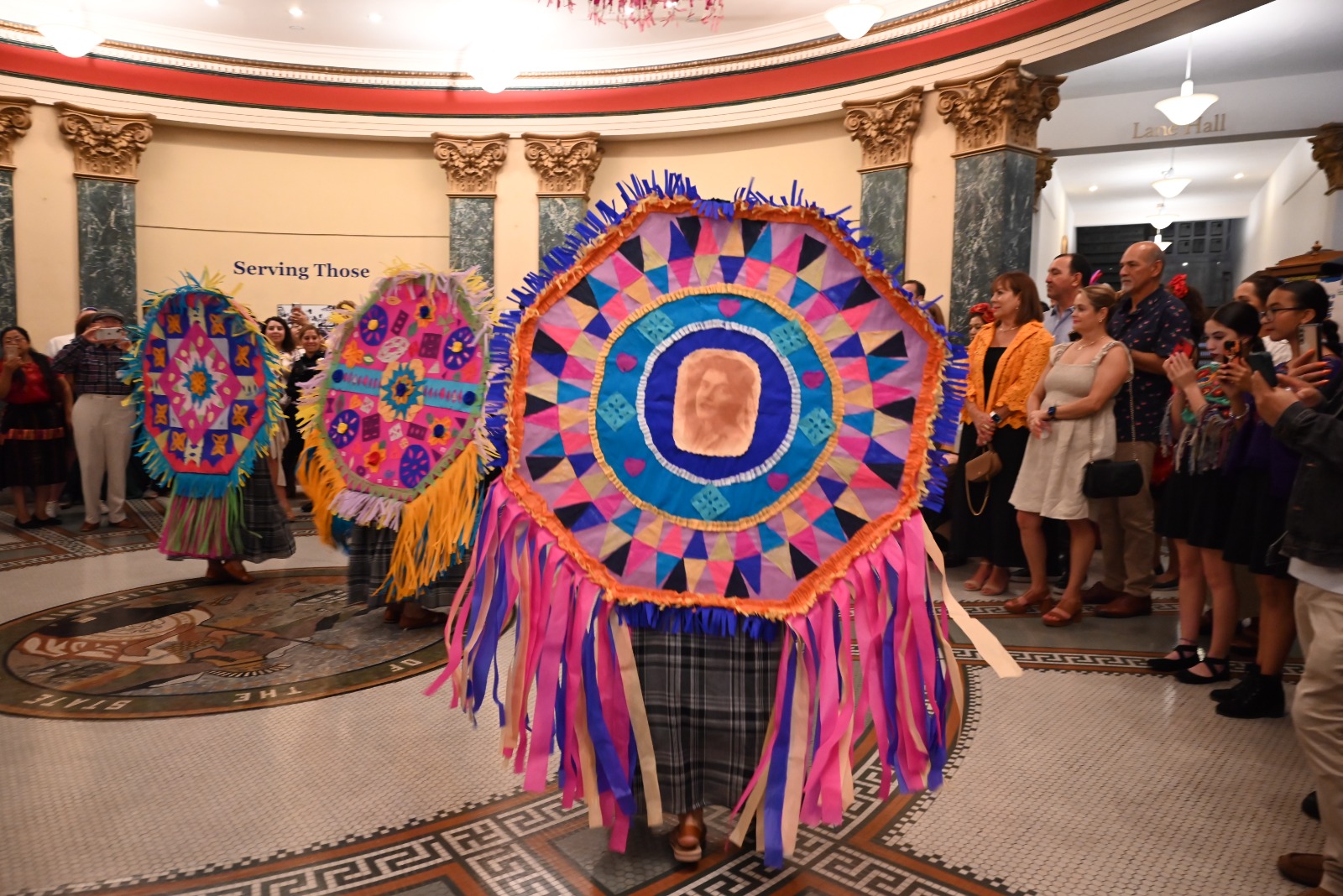
Thus, CCC has consolidated itself as a space for creative life, family integration, conservation of traditions and Spanish. Your proposal is an option that, ultimately, improves the quality of life of your community and even has a positive and vast influence on the lower-income population in that area of California.
You may be interested in: Verónica Escámez, founder of Casa Círculo Cultural, receives Ohtli Award 2022


